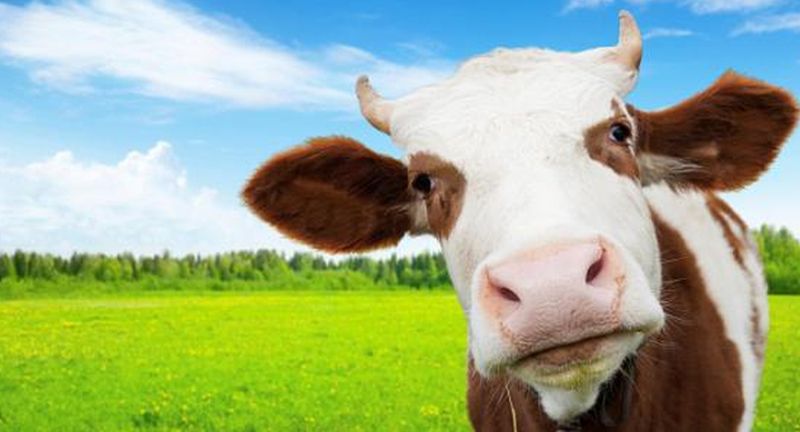production,
milk
Milk output slowing in leading milk-producing countries

Only modest milk production growth expected in 2019 due to challenging environment.
The 2018 theme of slowing global milk production in the largest milk-producing countries will continue in 2019, according to Rabobank’s «Dairy Quarterly Q4 2018.» The report said third-quarter production was just 0.8% larger than the same period in 2017, and fourth-quarter numbers suggest a similarly modest increase.
«Lingering effects of Mother Nature have severely impacted Australian milk flows and stalled European growth, with feed quality and quantity impacted across the second half of 2018,» lead author Emma Higgins, dairy analyst at Rabobank, noted in the report.
The 2018 theme of slowing global milk production in the largest milk-producing countries will continue in 2019, according to Rabobank’s «Dairy Quarterly Q4 2018.» The report said third-quarter production was just 0.8% larger than the same period in 2017, and fourth-quarter numbers suggest a similarly modest increase.
«Lingering effects of Mother Nature have severely impacted Australian milk flows and stalled European growth, with feed quality and quantity impacted across the second half of 2018,» lead author Emma Higgins, dairy analyst at Rabobank, noted in the report.
The U.S. also looks set to see the lowest year-over-year growth since 2013, she added.
Other regions are showing opposite trends, the report noted, with Brazil moving into growth territory in the third quarter of 2018 as «a result of more moderate feed costs and profitable milk prices.»
Argentina has also overcome inflated milk production costs and continues to make a recovery from low volumes of the past two years.
Higgins said the star performer continues to be New Zealand, setting a new record for peak milk flows in the month of October.
Even with mixed results, Higgins said estimated flows for the so-called «Big Seven» during the fourth quarter of 2018 are for just a 0.6% year-over-year rise, the lowest since 2016.
Challenging environment for expansion
According to Higgins, a challenging environment for expansion lies ahead.
«Herd numbers continue to shrink in Australia, Europe and the U.S., either to mitigate escalating costs and/or overcome disappointing farm-gate milk prices — features that will continue into [the first half of] 2019,» he said.
Even New Zealand dairies are facing stronger competition for other land uses, Higgins said, adding that resource constraints will erect barriers to growth across 2020.
Rabobank expects milk production to be squeezed into the first half 2019, the report noted, adding that although milk production will move upward in the second half of 2019, «it will only be at modest growth rates.»
